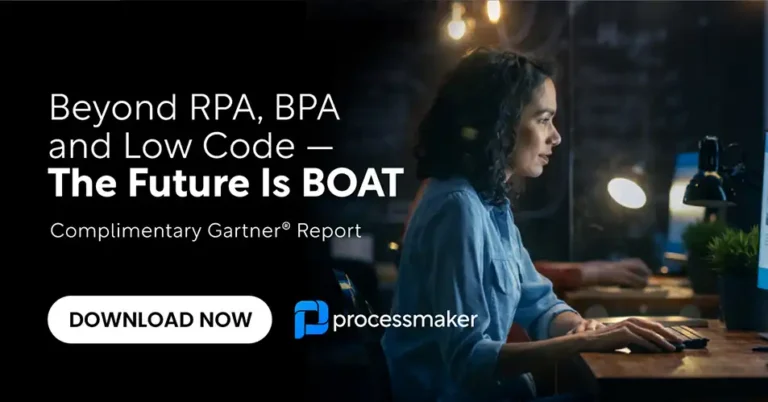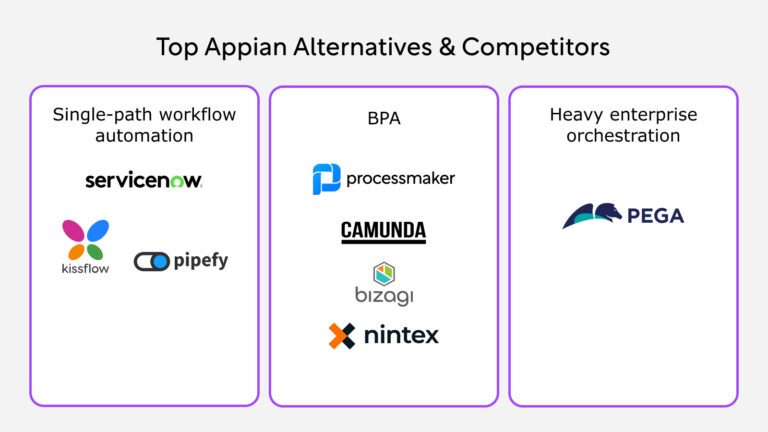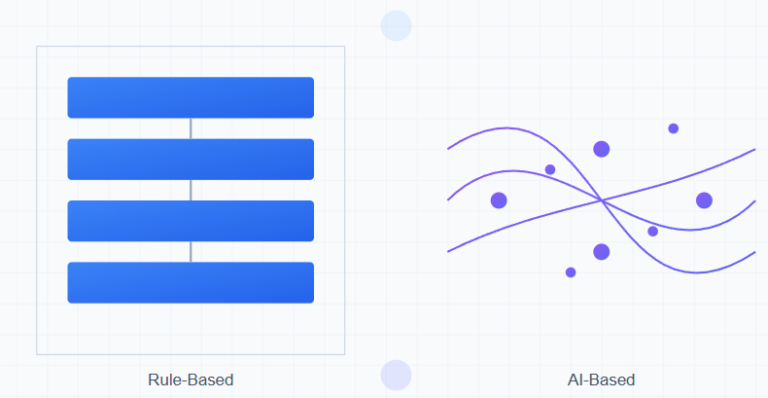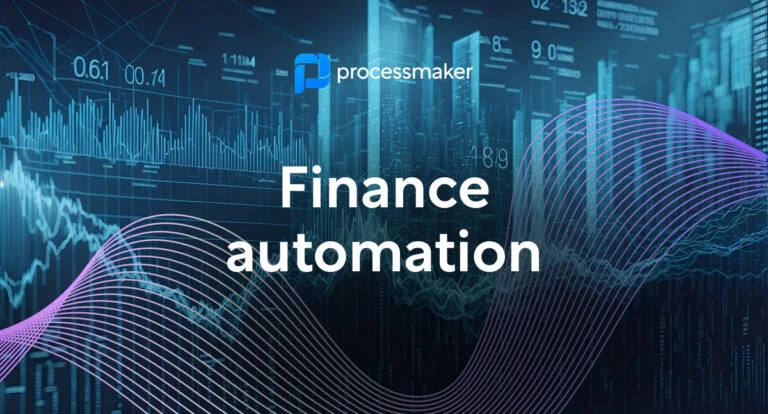All schools need disciplinary processes appropriate to the student population to regulate student actions and behavior and document when disciplinary actions are taken. While many minor infractions in the classroom can be handled instantly by a teacher and don’t require documentation, most schools prefer to document instances where more significant disciplinary actions are needed.
 By outlining rules and consequences for breaking them in a student handbook, and having students and parents sign that they have read and understood them, the stage is set for fairer, more effective discipline. Documenting infractions and disciplinary actions provide an account of events that can be reviewed by teachers, students, administrators, and parents. Without processes for documenting infractions and discipline, confusion, misunderstanding, and even legal conflicts can result.
By outlining rules and consequences for breaking them in a student handbook, and having students and parents sign that they have read and understood them, the stage is set for fairer, more effective discipline. Documenting infractions and disciplinary actions provide an account of events that can be reviewed by teachers, students, administrators, and parents. Without processes for documenting infractions and discipline, confusion, misunderstanding, and even legal conflicts can result.
Progressive Disciplinary Actions and Accompanying Processes
The typical K-12 school system has a “ladder” or hierarchy of support and disciplinary actions when students break rules. Though student misbehavior should be handled on a case-by-case basis, having consistent processes in place helps ensure that discipline meted out is done so with consistency and fairness.
When an infraction occurs, the disciplinary process should begin with documentation of the event and the circumstances surrounding it. Some infractions may only merit guidance interventions, while others must involve contacting parents or escalating the disciplinary response in some other way. When this is necessary, documenting the entire process is fairest to all parties involved.
Documenting Guidance and Disciplinary Actions
When a student engages in sufficiently inappropriate behavior, the teacher or an administrator typically contacts the parent and then takes some other disciplinary step like having a conference one on one with the student, sending the student to the school counselor, or referring the student to the dean or principal’s office. Documenting these incidents makes it easier for teachers, administrators, and parents to recognize patterns of misbehavior and be better informed should further disciplinary action become necessary later.
Documenting Detention and Suspension
Detention is one of the most common school punishments in many countries. Detention requires a student to be in a designated classroom at a specific time during the school day, like recess, lunch, or after school, or to attend school on a non-school day – typically a Saturday. When students are assigned detention on non-school days, there may be laws that parents must be given a certain amount of advanced notice, and this step can be built into the disciplinary process. Documenting the assignment of detention and that a student served the assigned detention period can be valuable should questions about it.

Suspension, or mandatory leave assigned to a student, can be assigned either in the school or out of school. Parents or guardians are always notified about the reason for and duration of the suspension, whether it’s served in the school or away from school. Documenting the suspension process is also an important part of disciplinary record keeping.
Electronic Processes Create a Complete Audit Trail
When disciplinary processes are documented through electronic forms and workflows, the benefits are immediate. Not only are electronic forms faster, but they also won’t be illegible or lost, and hard copies can be printed out at any time. Copies can be sent electronically to parents without delay, and all forms in a disciplinary workflow process create an audit trail of what happened, what discipline was assigned, and when the disciplinary action ended. It’s cleaner, faster, and keeps administrative staff from having to spend time filing papers.
Well-Planned School Disciplinary Processes Protect Schools and Students
A school disciplinary process that is spelled out clearly and administered consistently is better for all parties involved. Schools can document that their disciplinary choices were appropriate to the situation, parents can follow the process from end to end, and students know that their completion of a disciplinary assignment will be noted and part of the record.
You don’t have to hire a programmer to create these electronic workflows. School systems can use software like ProcessMaker, which is open-source software for creating electronic forms and workflows, without the assistance of a programmer or other IT professionals. It’s the smart way to create customized forms and workflows that conform exactly to your school’s policies and procedures, and ensure that disciplinary processes are efficient and well-documented.
If you’d like to try it out yourself, you can. Test drive the ProcessMaker Enterprise Edition or download the ProcessMaker Community Edition for free and see for yourself that smart, efficient electronic processes are well within your reach.





